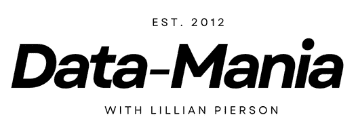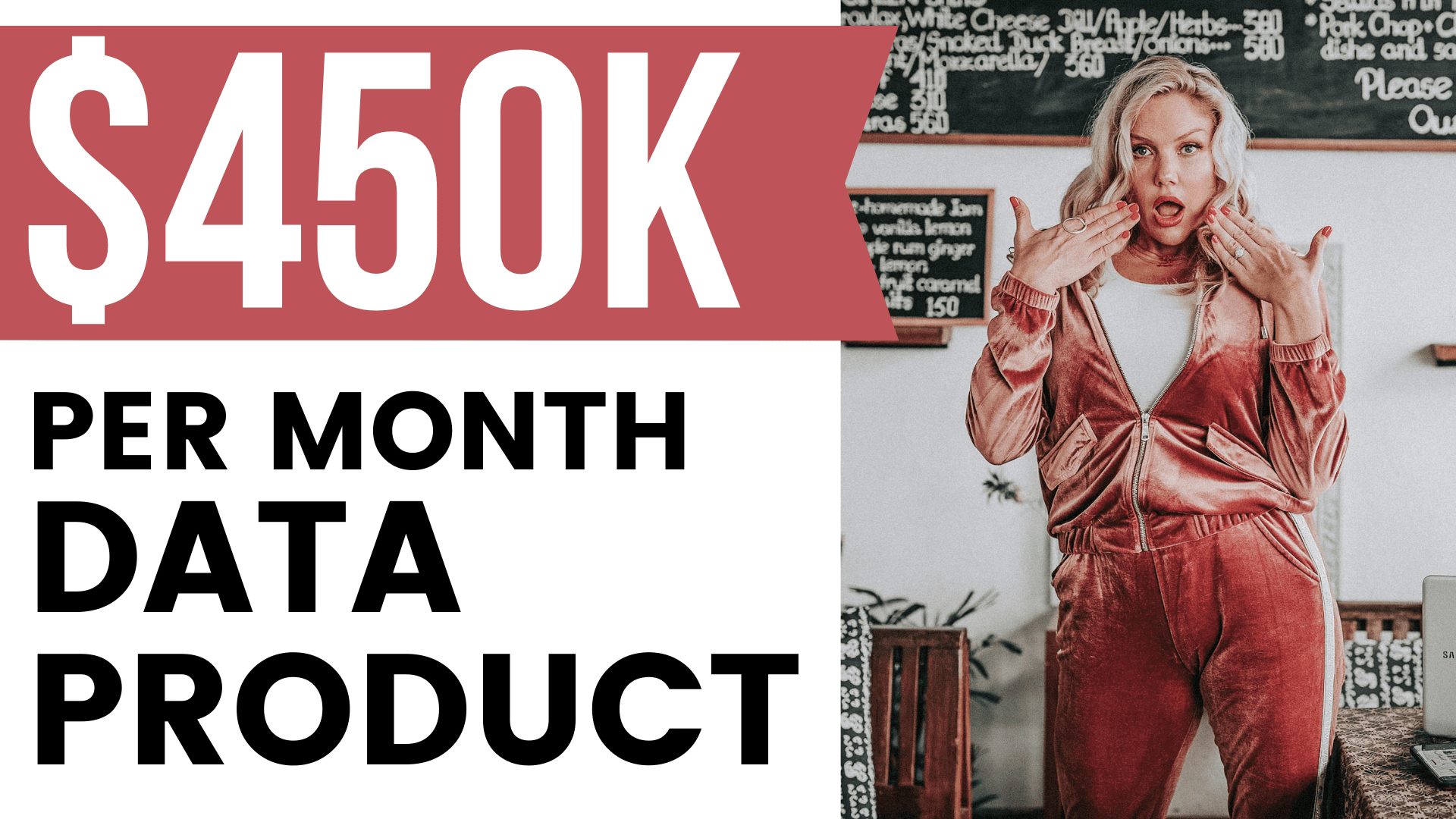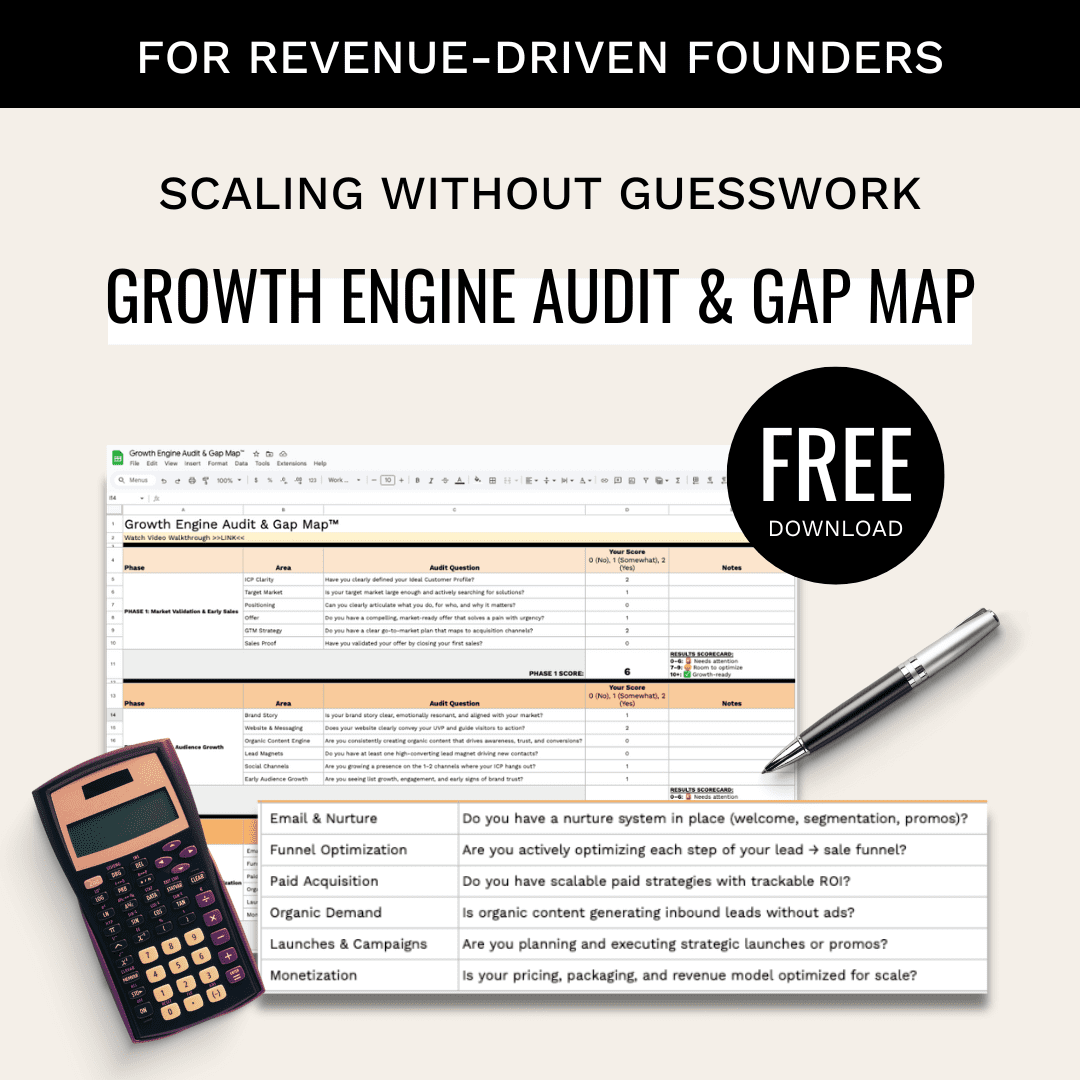Who’s curious about how to create a data product and learn how profitable they can really be?
If that’s you, then keep reading because today I’m sharing the real-life story of how one company is making almost half a million in monthly revenue by – for good or for bad – reselling personal data that is generated on people’s mobile phones.
But I won’t stop with just a story – at the end I’ll break it all down for you in a simple, incremental way that you can use to guide your own thinking and decision-making if you want to build your own data product.
YouTube URL: https://youtu.be/FS3nmSV1ebo
If you prefer to read instead of watch then, read on…
For the best data leadership and business-building advice on block, subscribe to my newsletter below. I’ll make sure you get notified when a new blog installment gets released (each week). 👇
Get to Know Me…
How did I come across this juicy info? And why am I qualified to reverse engineer a data product like this, anyway?
I came across this information as part of my recent research on data privacy and data partnerships, which I was doing as part of a book rewrite. This is for the 3rd edition of Data Science for Dummies that I originally wrote in 2014.
And how I’m qualified to reverse engineer a data product? Well, I have been building them for other companies since 2012, and selling them in my own business since 2014.
After serving 10% of Fortune 100 companies from within my own data business, I started coaching other data professionals on how to hit 6-figures in their own businesses FAST.
Newer data entrepreneurs like Dr. Chantel here – who is still just in the process of starting her data business, but already used what I taught her to land a $3k contract for just 15 hours of work!

Before I dish out the deets on how to create a data product that’s capable of generating half a mill a month in revenue, let’s do a REALITY CHECK: There’s no such thing as overnight success…
There’s No Such Thing as Overnight Success
Once you see how this data company did it, you’ll probably start getting lots of ideas for ways you can make money with data expertise and data resources, but just remember: success doesn’t happen overnight and it definitely doesn’t happen unless you stay focused.
If you’re anything like I was back in 2012 – when I first started my data biz (then side hustle – Data-Mania), then you love working with data but don’t love having to:
- Answer to someone else
- Spend your life building someone else’s business in exchange for a paycheck
- Looking over your shoulder about when the next shoe will drop in terms of layoff and job changes
Heck I didn’t like those things then and I know I wouldn’t like them today – if I had to deal with them…

The thing is, starting a business and working for yourself isn’t as easy as making a decision.
The follow through is where the money is at.
I remember having no idea what I would actually sell, and that was after I quit my day job.
Personally, it took me several years (and tens of thousands of dollars in working with business mentors), before I developed the firm grasp I have today on how the data industry works from inside out. And of course lots has changed in my perspective over the years which is why I wanted to make sure I got to share this information with you – to try and help you start thinking like a data entrepreneur instead of a data employee.
The first thing you need to know about this data product is that it’s built on top of data that its owner acquired through a data partnership.
Data Partnerships
From a business perspective, a data partnership is a paid agreement between companies wherein companies sell their business data and their customers’ personal data to other businesses. With respect to data privacy and misuse of personal data, there is a lot NOT to love about data partnerships, but I’ll let you decide for yourself after you learn about how this specific data product works.
Hey, I’d love to hear from you! Do you have any ideas for cool data products? Tell me about them in the comments and I promise to reply back and try to help you as much as I am able there!
Monetizing A Data Partnership
It’s time for me to name names – the company that is generating $450k per month selling personal data that they acquired through data partnerships is called SafeGraph.
 Safegraph is backed by angel investor Peter Theil and reportedly raised $45 Million off of one pitch deck in their Series B funding round. That must have been a pretty compelling pitch deck, right?! To get a good view on what these investors actually bought into, we pry into how this “Data-As-A-Service (DaaS)” platform takes data resources from data partners and directly converts it into tens of millions of dollars per year in revenue.
Safegraph is backed by angel investor Peter Theil and reportedly raised $45 Million off of one pitch deck in their Series B funding round. That must have been a pretty compelling pitch deck, right?! To get a good view on what these investors actually bought into, we pry into how this “Data-As-A-Service (DaaS)” platform takes data resources from data partners and directly converts it into tens of millions of dollars per year in revenue.
How It Works
Safegraph buys people’s location-based data from mobile app developers who’ve collected that data on its users as part of running the application services they use on their phones. If you read the terms and conditions for your smartphone apps, they hopefully include a term in there that gives them the right to resell any data they collect on you, as part of the services run by each of your phone apps. You would be agreeing to this by the act of installing an application on your phone.
So, SafeGraph comes in.
Instead of wasting time and money reinventing the wheel, they just form partnerships with application developers to get your location data. They then take that data and really narrow it down into location-based activities. These are focused around commercial spaces like shopping malls, coffee shops, grocery stores, and the like. Once they’ve cleaned that data, they put it on their web-based mapping application. They then present it as a product available for purchase by retail companies.
These retail companies then use that information for improved decision-making. SafeGraph’s data tells them where you go, and how frequently, how long you stay there, and so much more.
They’re collecting data from tens of millions, if not hundreds of millions, of American people’s smartphones. Every single cell tower ping goes straight into SafeGraph’s ”file” on you, for lack of a better word. Tens to hundreds of trillion pings per month, if you can imagine. All of this location data has been openly aggregated and sold by SafeGraph since 2016, to the tune of hundreds of millions of dollars in revenue for this small Colorado-based data company.
If you’re enjoying this article on how to create a data product, you’d probably really dig the video I did on “The best business models for data entrepreneurs.” Check it out here.
The Breakdown
So, if you were going to map out an idea for your own data product, I thought it’d be helpful to break it down – from a business perspective – what’s really going on with the SafeGraph data product.

Business A – Mobile App Developer
They are the original data “owner” because they’ve collected your location data from your mobile phone. And because of the terms and conditions, they own that data. They then sell it to Business B in exchange for money.
Business B – SafeGraph
They are the intermediary data business and what they do is turn that raw data into a market research product. In fact, I wouldn’t say that SafeGraph is necessarily an AI SaaS company. It’s because I don’t know about what types of predictive modelling they have going inside of the application. My best guess is that it’s a market research product. This product is thenavailable through web applications and is sold on a subscription basis to Business C. And that is how to create a data product.
Business C – Retail Companies
They can be McDonald’s, Starbucks, etc. And they are the ones who collect information about people’s activities around these retail locations in exchange for money. And that is the sale of the data product.
In order for SafeGraph or any intermediary business to produce that data product, they actually have to render data services in-house. So, if you’re a data scientist or any sort of data professional those would be in your territory. Those services are needed in order to convert raw data into the product that can then be installed to the customer’s database. The data partnership aspect is the agreement between the mobile app developers and business B.
If you’re digging this real talk on how to create a data product and data businesses, then I know you’re going to love my FREE Data Entrepreneur’s Toolkit.
It’s an ensemble of all of the very best, and most efficient tools in the market! I’ve discovered these tools after 9 years of research and development. A side note on this – many of them are free, or at least free to get started, and they have such powerful results in terms of growing your business. These are actually the tools we use in my own business to hit the multiple 6-figure annual revenue mark.
Download the Toolkit for $0 here.
You may also love it inside our Data Leader and Entrepreneur Community on Facebook. It’s chalked full of some of the internet’s most up-and-coming data leaders and entrepreneurs who’ve come together to inspire and uplift one another.
Join our community here.
Hey! If you liked this post about how to create a data product, I’d really appreciate it if you’d share the love with your peers. Share it on your favorite social network by clicking on one of the share buttons below!
NOTE: This description contains affiliate links that allow you to find the items mentioned in this article and support the channel at no cost to you. While this blog may earn minimal sums when the reader uses the links, the reader is in NO WAY obligated to use these links. Thank you for your support!




